- My Experience in the Amazon in Iquitos
- My Ayahuasca Experience in the Peruvian Amazon
- Chile – 17 Things To Know Before You Go
- Skip It: The Floating Islands in Puno
- Isla Del Sol on Bolivia’s Lake Titicaca
- Salar de Uyuni – One of the Most Unique Places on Earth
- Bolivia – Everything You Need To Know Before You Go
- What to Expect on the 4 Day Inca Trail Hike To Machu Picchu
- Peru – 23 Things To Know Before You Go
- South America – Everything You Need to Know Before You Go
- 14 Reasons Why You Need To Travel to South America
- How To Stay Safe in South America
South America is a very culturally and geographically diverse continent. For nature lovers, South America offers the world’s largest rainforest, the world’s second highest mountain range, volcanoes, the world’s driest desert, world class beaches, some of the world’s largest and highest waterfalls, and glaciers. History buffs will love the ruins of ancient Incan civilizations. And culture lovers will love the charming colonial cities in the Andes like Quito, La Paz, Cusco and Bogota; as well as modern cosmopolitan cities like Buenos Aires, Rio de Janeiro, Santiago and Medellin. There is something for everyone in South America because each country is unique and amazing in its own way.
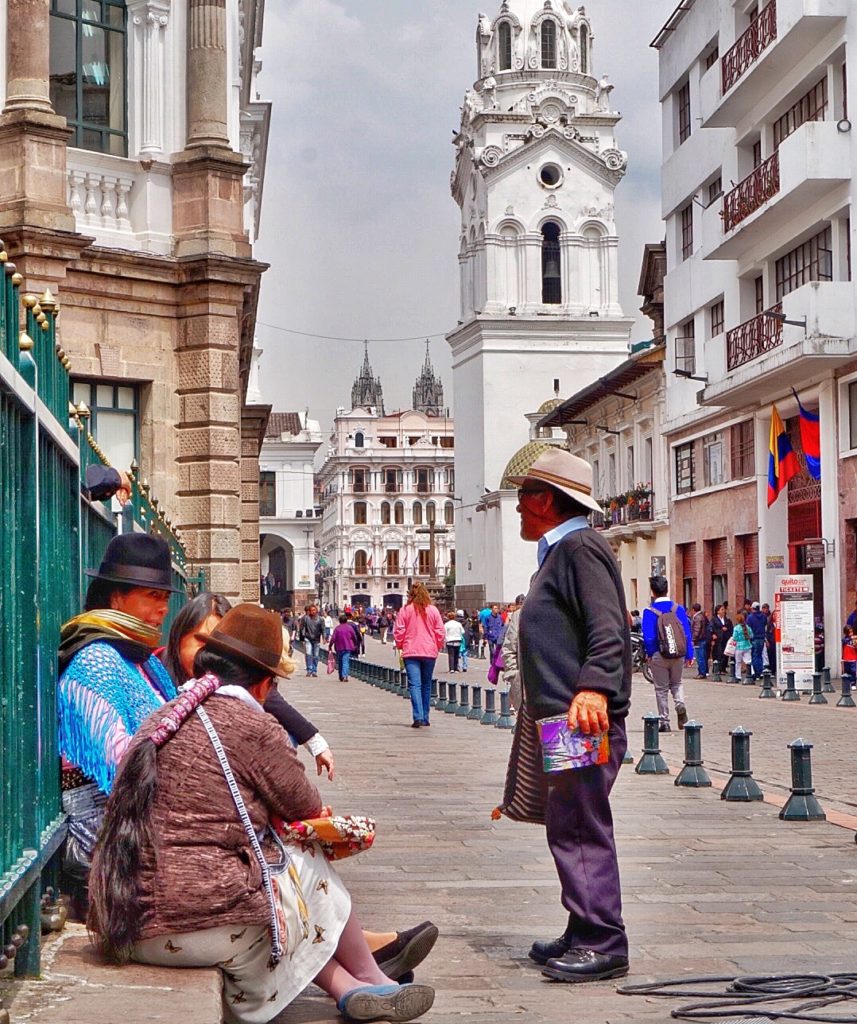
MY EXPERIENCE
I traveled South America as a solo female traveler for 4.5 months, over 3 different trips, in Colombia, Ecuador, Peru, Bolivia, Chile, Argentina and Brazil. I’m always drawn back to South America because it’s one of my favorite regions in the world. I LOVE the nature, the people, the cultures, the languages, the color, the food, the nightlife, the textiles and the animals.
BEFORE YOU GO
IF YOU’RE TRAVELING TO COUNTRIES THAT SHARE THE AMAZON, YOU’LL NEED YOUR YELLOW FEVER VACCINE
Countries that share the Amazon include Bolivia, Brazil, Colombia, Venezuela, Ecuador and Peru. Even if you don’t visit the Amazon, many other countries require proof of yellow fever vaccination for entry when arriving from a country with yellow fever.
THE VISAS CAN BE VERY EXPENSIVE
As a Canadian, I needed visas for Argentina, Chile, Brazil and Colombia, which cost me about $330US in total. Recently these countries have lifted their visa requirements for Canadians and most countries, but be sure you check before you go. Until recently, Americans needed a visa for Bolivia, which cost $160US, but that has been lifted also.
COMMUNICATION
ENGLISH IS NOT WIDELY SPOKEN, SO LEARNING A LITTLE SPANISH HELPS A LOT
Aside from Brazil, where they speak Portuguese, Spanish is spoken in every other country you’ll likely visit in South America. Suriname, Guyana and French Guiana speak other languages, but these countries are very much off the beaten path.
However, English is not as commonly spoken in South America. You certainly don’t need to become fluent in Spanish, but learning some simple phrases, numbers, and some foods will be extremely helpful. And lucky for you, Spanish is an easier language to learn.
If you have time at the beginning of your trip, it’s really beneficial to stay in one city for a week (or even a month) and take Spanish classes. The cheapest and best place to do this is in Sucre, Bolivia, because they speak Spanish very precisely. I noticed that the travelers who did this were very proficient in Spanish months later in their South America travels.
A little Spanish will also be very useful in Brazil, where they speak Portuguese and very little English, because Spanish and Portuguese are very similar, especially when written. I was able to understand quite a bit of Portuguese and I’m not nearly fluent in Spanish.
SPANISH DIFFERS IN EVERY SPANISH SPEAKING COUNTRY
For example, Chileans speak Spanish very quickly, with a lot of slang and the final syllables and “s” sounds are often dropped, which can make it difficult to understand. In addition, the ‘ll’ and ‘y’ are typically pronounced as a ‘y’ in Spanish, but in Argentina it’s pronounced as ‘zje’.
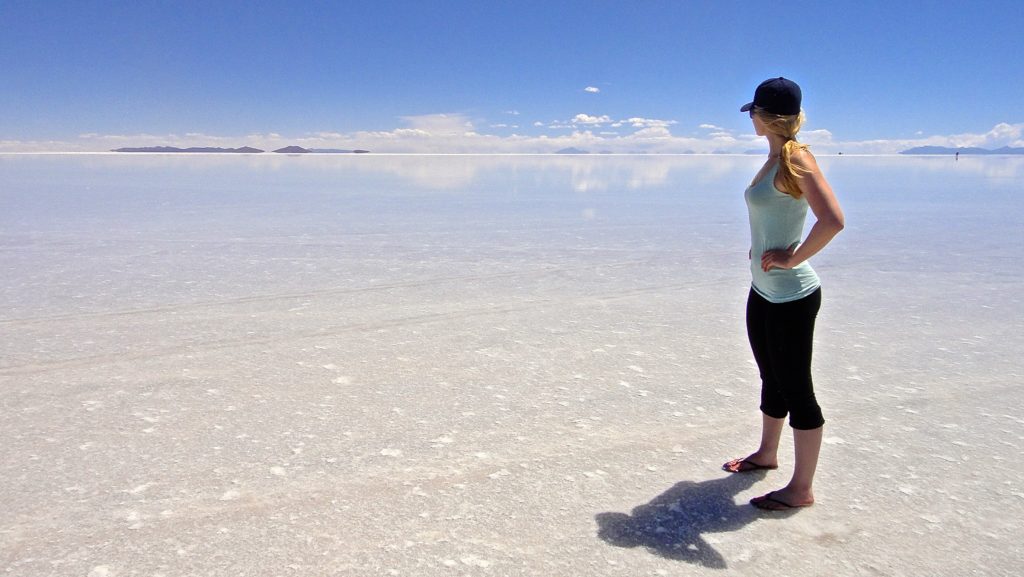
WHEN TO GO AND CLIMATE
TIME YOUR TRIP WISELY AROUND THE WEATHER AND SEASONS
Because South America is in the southern hemisphere, the seasons are reversed. A chunk of South America is near the equator or the tropic of Capricorn, making it a tropical or subtropical climate year round. However, further south in Patagonia, you’ll find cold winters from June to August and mild summers from December to February.
THE COUNTRIES AND REGIONS NEAR THE EQUATOR HAVE 2 SEASONS – WET AND DRY
This includes Ecuador, Peru, Bolivia, the north of Brazil. The rainy season is December to March, while dry season is April to November.
HIGH ALTITUDE IS A THING
If you travel to South America, there’s a very good chance that you will experience some very high elevation. South America has some cities and regions that are at extremely high elevation, so the altitude will effect you and make you feel like garbage. There are medications available to help adjust to the altitude, but the side effects can often make you feel worse. I’ve never taken altitude medication and I’ve literally never met anyone who had a good experience with it. Do your research.
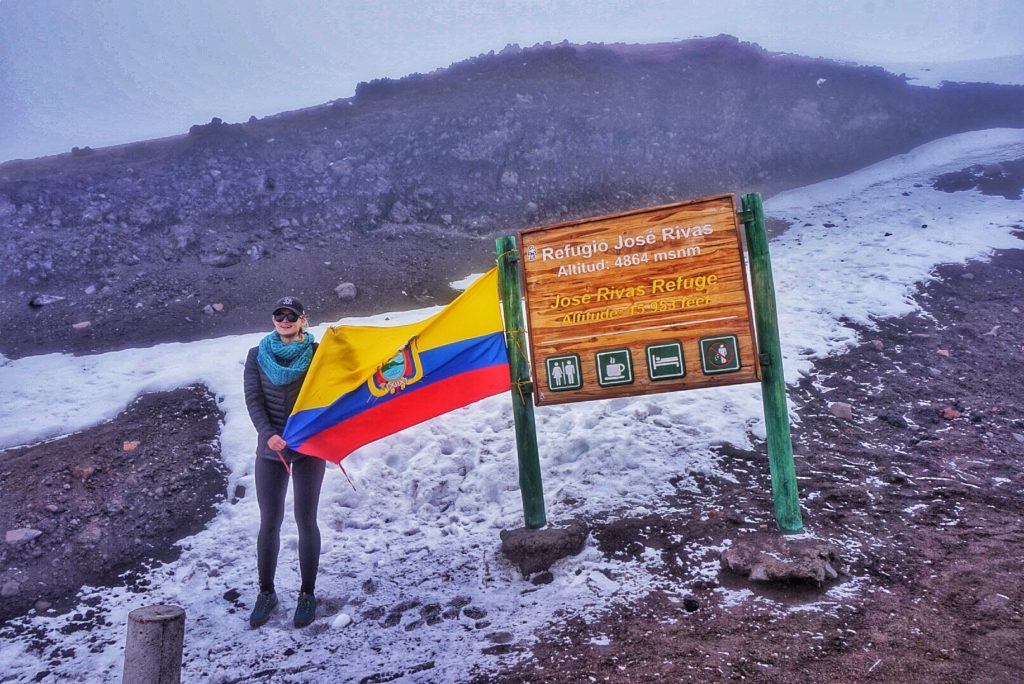
HIGH ALTITUDE GETS REALLY COLD
Especially during mornings and nights and heating only exists in the most plush hotels. This also means you can’t always expect hot showers.
DON’T FORGET TO WEAR SUNSCREEN
Even in the cold mountains on cloudy days. You can still get a sunburn, through the clouds, at high elevation. Especially in Ecuador, which in on the equator, hence the name. The people I met who didn’t wear sunscreen in Ecuador got some of the worst sunburns I’ve ever seen.
THE CONTINENT
SOUTH AMERICA IS MASSIVE
And many South American countries range from large to massive and they’re all extremely diverse. You could easily spend 1-2+ months in each of the smaller countries country, which means you could spend many months in the larger countries. So it’s not uncommon to meet people who are traveling South America for 6-12 months.
The first time I traveled to South America, I had 3 months to visit Chile, Bolivia, Peru, Brazil and Argentina. I thought this was a decent amount of time, but it was just enough time to get a small taste of each country. When you break it down, 3 months for 5 countries is really only about 2.5 weeks for each country. And with such large and diverse countries, I really had to pick and choose what I really wanted to see in each country. A few years later, I traveled Ecuador for 3.5 weeks (a comparatively small country) and while I saw A LOT, I still had to pick and choose what I really wanted to see. I easily could’ve spent at least another month in Ecuador.
YOU’RE GOING TO SEE SOME OF THE MOST AMAZING SCENERY YOU’LL EVER SEE IN YOUR LIFE
South America has beautiful mountains, volcanoes, salt flats, geysers, alpine lakes, waterfalls, glaciers, jungles and beaches.
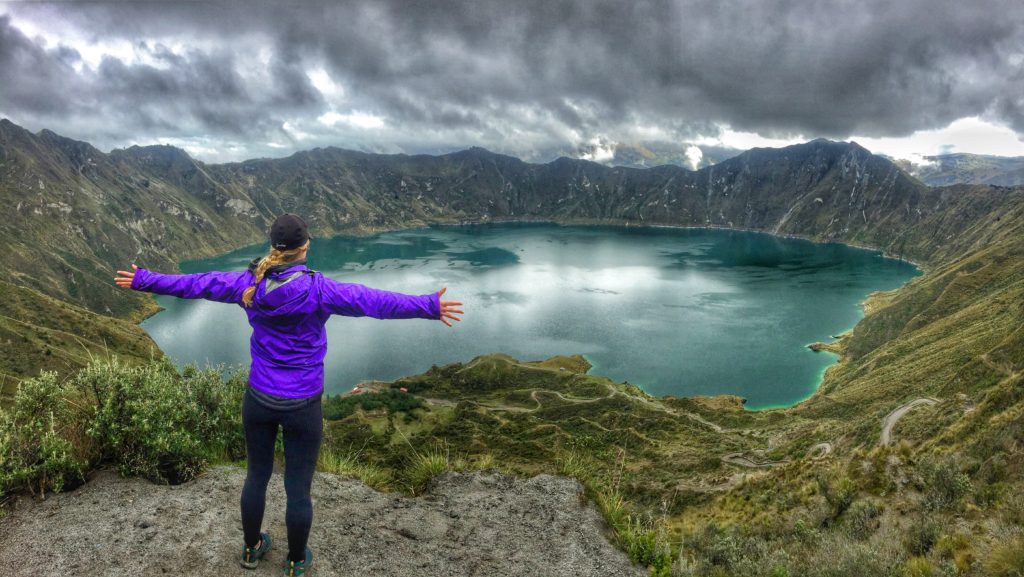
PERU IS THE MOST TOURISTY COUNTRY IN SOUTH AMERICA
The majority of travelers are drawn to Peru first because everyone wants to see Machu Picchu, which, consequently, is also extremely touristy and overcrowded. Puno is also extremely touristy.
PATAGONIA IS THE JUMP OFF POINT FOR ANTARCTICA.
The boat departs from Ushuaia, Argentina for a 2 day sailing to reach Antarctica. Or you can take a 2 hour flight from Punta Arenas, Chile, to King George Island, where you board a ship. I recommend to NOT book a tour in advance, but to show up last minute to get a last minute deal for a fraction of the price.
VISIT BOLIVIA
Bolivia has some of the most amazing natural beauty I’ve ever seen in my life, making it a definite must-see in South America. And it’s the most indigenous country in South America. It’s also the cheapest country to travel in South America, as well as the cheapest place to visit the Amazon.
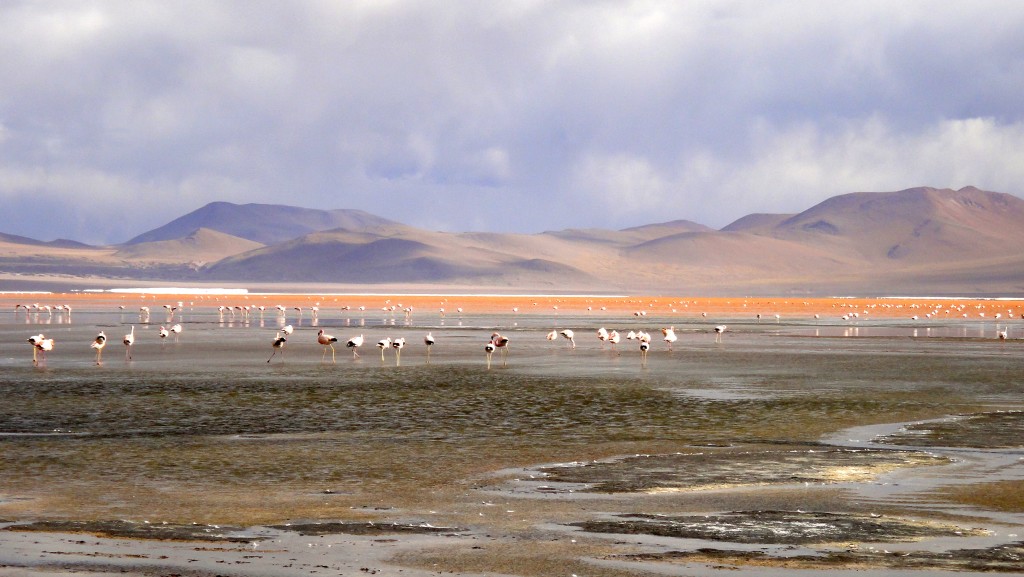
BE ADAPTABLE BECAUSE NATURAL DISASTERS ARE NOT UNCOMMON
This is what happens when a continent is full of beautiful nature. For example, my Amazon tour to Manu in Peru was cancelled due to a landslide, so Plan B was to go to Ecuador instead. I was about to book a flight to Ecuador, when a volcano started erupting there. Plan C was Iquitos in Peru, which I do not at all recommend and here’s why.
Chile is in a major earthquake zone, so there are earthquakes of varying magnitude everyday. So you’ll likely experience one while you’re traveling Chile.
ALWAYS CARRY SOME TOILET PAPER WITH YOU
Many public toilets don’t supply toilet paper. They often don’t have soap either, so also carry hand sanitizer. You also can’t flush the toilet paper because the pipes can’t handle it. There is usually a garbage where you can dispose of it.
COLOMBIA HAS RECOVERED FROM ITS DANGEROUS REPUTATION
Years ago, Medellin was known as the murder capital of the world, thanks to Pablo Escobar and his drug cartel. But now it’s one of the most popular destinations in South America. Colombia is a beautiful and diverse country, but you need to take the same safety precautions as the rest of South America.
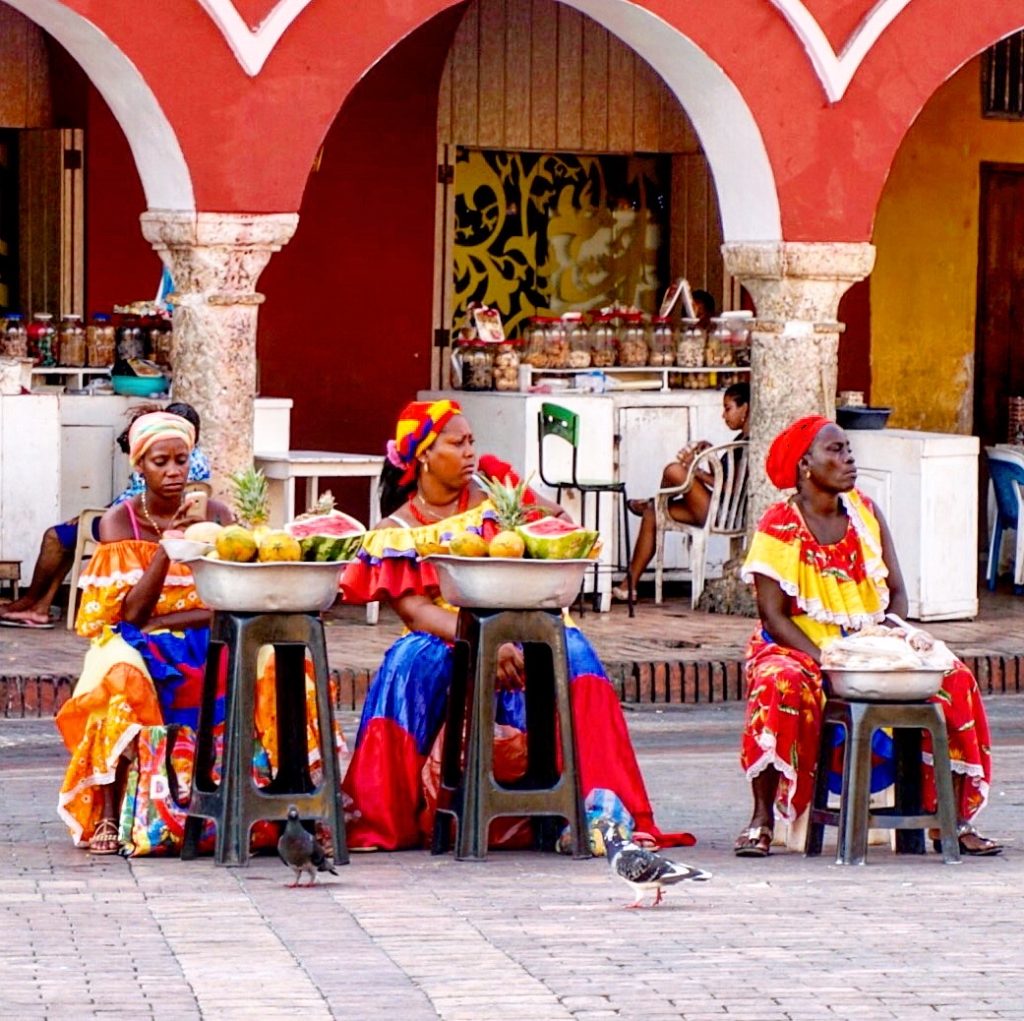
THE PEOPLE AND THE CULTURE
FOR THE MOST PART, THE CULTURE IS CONSERVATIVE IN SOUTH AMERICA
Aside from Brazil and a few other areas. South America is largely religious, with Catholicism being the dominant religion; therefore, South America is fairly conservative with regards to things like clothing, relationships/dating and abortion.
RACISM AND DISCRIMINATION IS COMMON
Thanks to European colonialism. If you’re tall, with light hair, skin and eyes, and have a European last name, you will go further in life in South America. Sadly, this is true for all of Latin America.
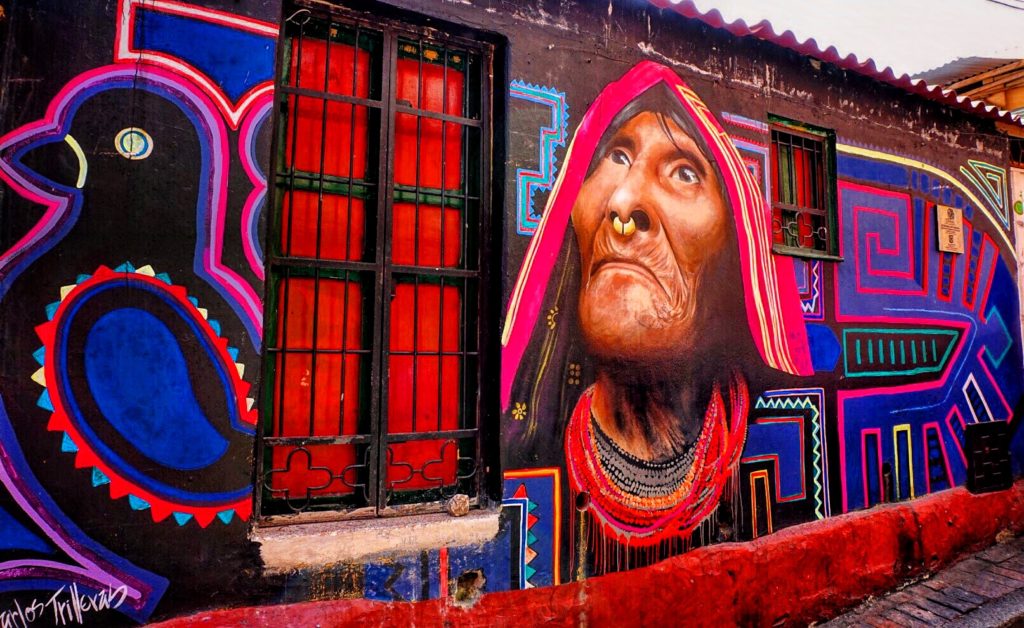
FEMALE TRAVELERS
MACHISMO CULTURE PREVAILS
Machismo is an exaggerated sense of masculinity and power, assumed male superiority and the assumed right to dominate. The result causes an extremely sexist society for women.
IF YOU’RE A WOMAN, GET USED TO A LOT OF CATCALLING
And hissing and staring. While catcalling is annoying and harassing, it’s ingrained in Latin American culture and it’s learned at a very young age. It’s not a threat, but it is creepy and the local women don’t like it either.
LGBTQA TRAVELERS
IT’S LEGAL IN EVERY COUNTRY IN SOUTH AMERICA, EXCEPT FOR GUYANA
However, the specific laws and rights vary by country. At this time, Uruguay, Argentina, Brazil, Colombia and French Guiana are the most progressive and accepting.
NIGHTLIFE
SOUTH AMERICAN CULTURE IS REALLY FUN WITH LOTS OF MUSIC, DANCING AND NIGHTLIFE
South Americans LOVE to dance. You can dance Salsa in Colombia (and most of Latin America), Tango in Argentina, Samba in Brazil, etc. Reggaeton is a very popular in Latin America, which you’ll hear everywhere. You’ll either love or hate, but I learned to like it because it’s fun to dance to.
THE FOOD
EAT THE “MENU DE DIA” FOR A CHEAP LUNCH
Many countries offer a 3 course meal for lunch for a few dollars. You’ll find the best deals in Colombia, Ecuador, Peru and Bolivia.
EAT AND DRINK THE MUST TRY FOODS AND DRINKS
The universal South American street food is the empanada and it will change your life.
- Bolivia – salteñas (a type of baked empanada, with a savoury filling and a slightly sweet pastry) and coca tea
- Peru – ceviche, pisco sour, Inca kola, causa, chicha morada, lomo saltado and rocoto relleno
- Brazil – a Brazilian steakhouse, feijoada, moqueca, açai, pão de queijo, brigadeiros and caipirinhas
- Argentina – choripan, alfajores, wine, dulce de leche, asado, mate and gelato
- Chile – wine, terremoto, pisco sour, humitas, pastel de choclo and ceviche
- Venezuela – arepas
- Colombia – ajiaco soup, coffee and patacones
- Ecuador – llapingachos, locro de papa, ceviche and canelazo

GETTING AROUND
FLYING WITHIN A COUNTRY IS OFTEN REASONABLY PRICED
Which is great for avoiding 20-30 hour bus rides.
BUT FLYING BETWEEN COUNTRIES CAN BE VERY EXPENSIVE
And they’re often not direct flights. I’m still mad about the cost of my 18 hour flight path, with 2 stopovers, from Lima to Salvador in Brazil in 2014.
YOU’RE IN FOR SOME LONG BUS RIDES
Sometimes the small towns you want to visit don’t have an airport. With so much ground to cover, 15-27+ hour bus rides are not uncommon, so get your neck pillow, movies and book ready. And they usually lock the bathrooms on the bus.
BUSES AREN’T ALWAYS A CHEAPER OPTION
Long bus rides in Chile, Argentina and Brazil are not cheap and sometimes a quick flight is around the same price as a 20-30 hour bus ride. So flying is a good option if you want to maximize your time and not waste your life on a bus.
MONEY AND COSTS
GET USED TO BARGAINING
South America operates on bargaining. Get an idea of how much things should cost and bargain fairly. A few extra coins is nothing to you, but everything to a vendor.
CASH IS KING
You’ll rarely be able to use your credit card or bank card because they aren’t used for most day-to-day transactions. And always have an emergency stash of cash for if/when your bank or credit card doesn’t work.
THE MOST EXPENSIVE PLACE TO VISIT IN SOUTH AMERICA IS THE GALAPAGOS
Prices nearly doubled in the last few years in attempt to keep tourism to a minimum, which helps preserve the Galapagos. It is possible to visit the Galapagos on a budget as there are a lot of free things to do and accommodation and food is reasonably priced; however, what you could see would be minimal without expensive day tours, transportation isn’t cheap, the flights to and from the islands (from Quito or Guayaquil only) are pricey, the entrance fee to the Galapagos is $100US.
You DO NOT need to book a tour to travel the Galapagos. But if you do want to join a tour, you DO NOT need to book a tour in advance. Instead, you can show up last minute in order to get a last minute deal for a fraction of the price. On a tour, you will get to visit the more remote islands and sleep on the boat; whereas on your own independent trip, you will sleep on land and decide which activities you want to do or not do.
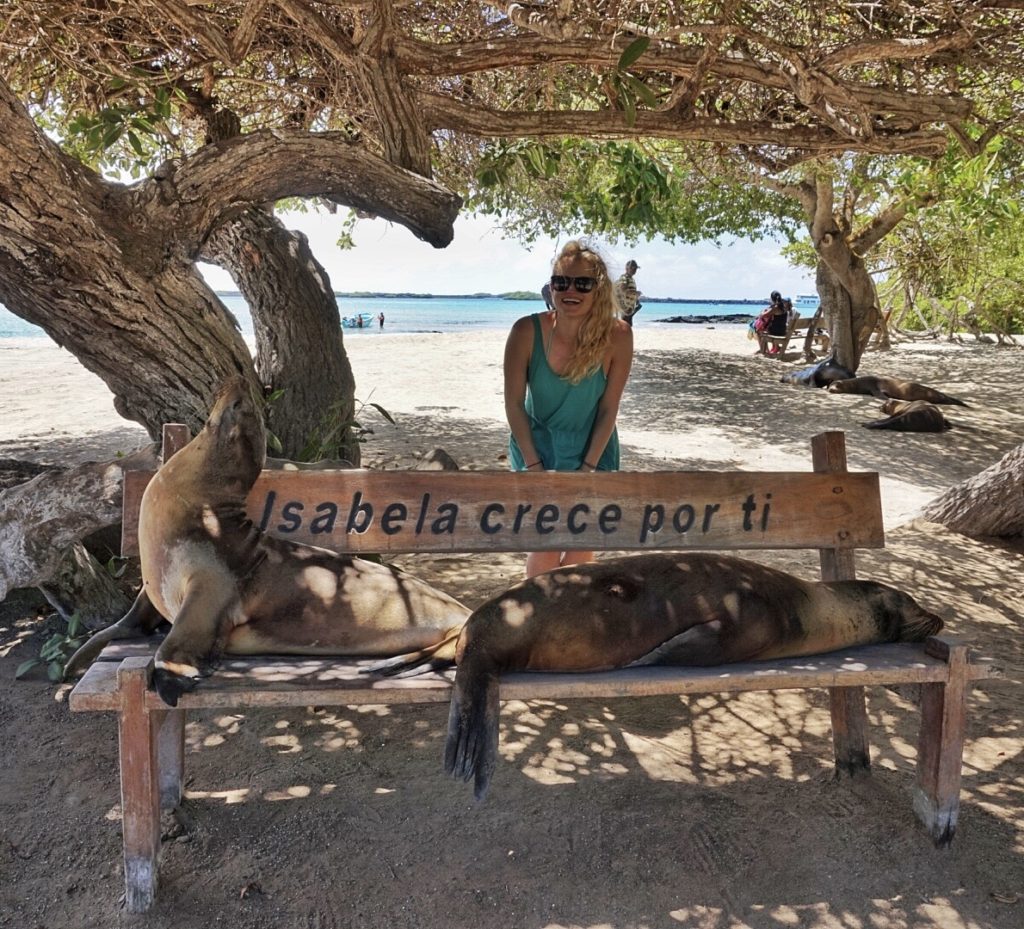
PATAGONIA IS THE SECOND MOST EXPENSIVE
The region is split between Argentina and Chile and while neither country is particularly cheap, they’re not overly expensive either. However, the more remote a place is, the more expensive it can be, and the purpose of Patagonia is remote nature. You’ll need a lot of gear for trekking in Patagonia, which is expensive if you don’t already have what you need. But it’s even more expensive to buy once you get there. It’s possible to travel Patagonia on a budget if you hike without an organized tour, camp or stay in dorm rooms, and make your own food. Or Patagonia can be very expensive if you trek with a tour, eat at restaurants and stay in nice hotels.
GUIDED TREKKING IS EXPENSIVE
This is more or less a fact worldwide. Guided trekking in Patagonia and to Machu Picchu are very expensive and they often have to be booked far in advance. The gear is also expensive.
CHILE IS THE SAFEST AND MOST EXPENSIVE COUNTRY IN SOUTH AMERICA
With Uruguay close behind as #2. In fact, Chile consistently ranks as one of the top 30 safest countries in the world. Crime rates are low, so petty theft is your biggest concern. And daily earthquakes. But the trade off for safety is that it’s also the most expensive country to travel in South America.
STAYING SAFE
OVERALL, SOUTH AMERICA IS NOT THE SAFEST PLACE, BUT DO NOT LET THIS INTIMIDATE YOU
All of Latin America has major issues with massive disparities in wealth as well as crime, due to the illegal drug trade. Therefore, pickpocketing and muggings are not uncommon, while kidnappings are typically only common for wealthy locals. However, DO NOT let this deter you from traveling to South America. Educate yourself on the dangers and popular scams in each country and city you visit. Be smart, be aware of your surroundings and belongings and don’t go out alone at night. Typically, the bigger cities are more dangerous than the smaller towns.
I’ve spent 6.5 months over 3 different trips in South America, Central America and Mexico as a blonde solo female and I’ve never been mugged or pickpocketed. A small part of this is luck, but a big part is always being aware of potential dangers and aware of my surroundings. I found Brazil during Carnaval to be the most dangerous of all the countries I traveled in Central and South America, but I would still go back and explore more of Brazil. Despite all this, South America is one of my favorite regions in the world, so there is A LOT of good there too.
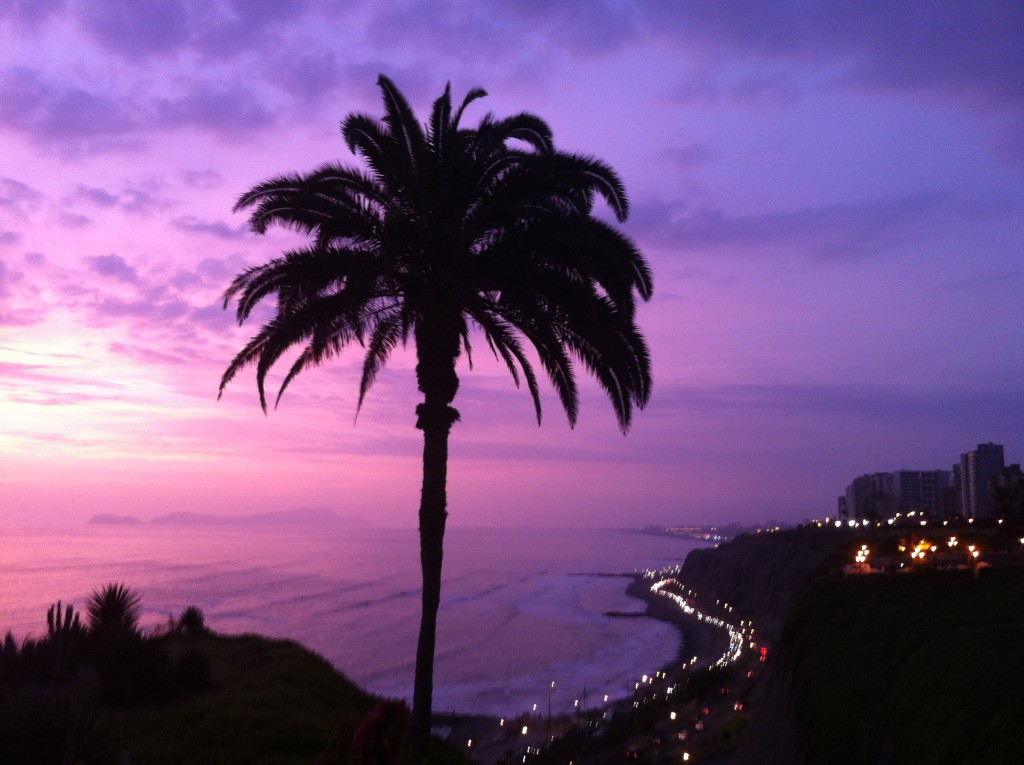
TRAVEL TO VENEZUELA IS NOT RECOMMENDED DUE TO SEVERE CIVIL AND POLITICAL UNREST
Venezuela was once a democracy and one of Latin America’s richest economies. The issues began with the dictator’s mismanagement and corruption, which led to shortages of basic goods (like medicine, food and water) and massive inflation. Then this resulted in high rates of hunger, violent crime, kidnappings (foreigners included) and murders. Then the US imposed sanctions on Venezuela’s oil industry in order to pressure the president to resign, which crippled Venezuela’s main economic industry. Millions of Venezuelans have fled their country in the last few years.
ALWAYS BE AWARE OF YOUR BELONGINGS
Pickpocketing is a common petty crime that can easily be avoided. If you make it easy for someone, they could take advantage of that opportunity.
- Wear your purse across your body to avoid drive-by snatchings.
- The same goes for looking at your phone on a busy street because someone on a motorbike could grab it.
- Be extra vigilant with your things in crowded places, like markets, public transport popular tourist sights. These are hot spots for pickpocketing.
- Don’t keep your wallet and phone in the back pockets of your pants. Use the front pockets only and keep them guarded. Pickpockets are professionals.
- Only carry what you need on a day or night out. Don’t bring your bank card, credit card, passport and all your money if you don’t need to.
- Consider using a money belt, or split your money and cards between various pockets.
- While traveling between cities on a bus or train, never let your carry-on bag out of your sight.
- Don’t leave your belongings unattended at the beach.
DO NOT WEAR FLASHY DESIGNER CLOTHES OR JEWELRY
Walking around with your expensive camera around your neck could be a problem in places where the value of your camera is 4x their average monthly income. Back up your photos regularly.
RESEARCH THE POPULAR SCAMS
Certain cities and countries have different popular scams that some locals use to take advantage of tourists. These scams could potentially scam you from a few dollars to a few hundred dollars.
LISTEN TO THE ADVICE FROM THE LOCALS
Ask hotel/hostel staff about where to go and how to get there, as well as where to NOT go. This information isn’t as readily available at an Airbnb.
For more tips on how to stay safe, see How To Stay Safe in South America
MORE INFORMATION ON TRAVELING SOUTH AMERICA
14 Things I Love About South America
What To Expect While Traveling In Developing Countries
Everything You Need To Know Before You Go To Peru
What To Know Before You Go To Chile
Everything You Need To Know Before You Go To Bolivia

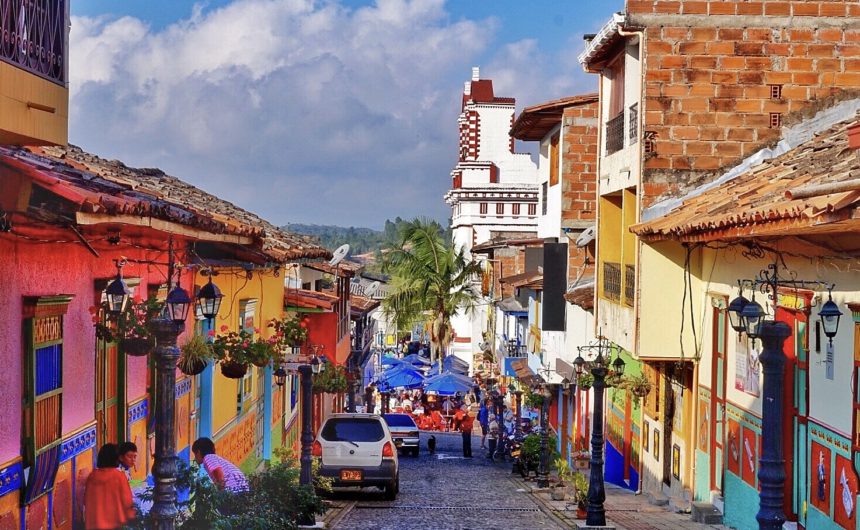
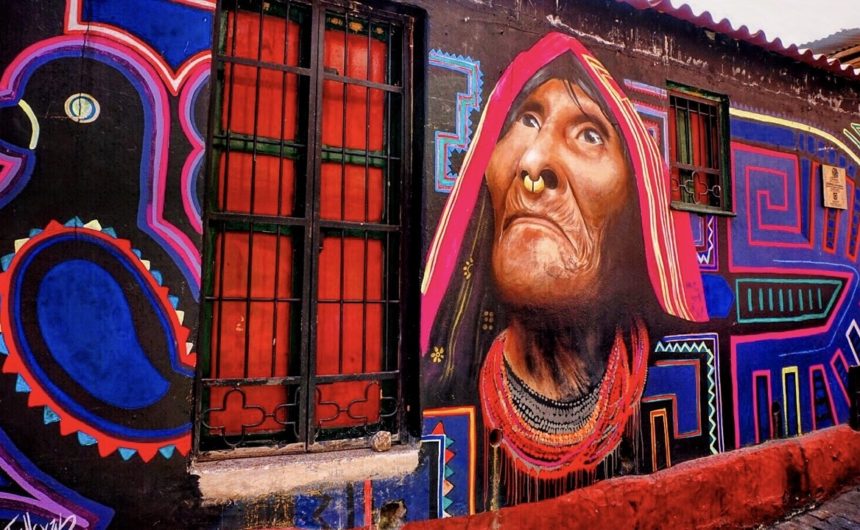
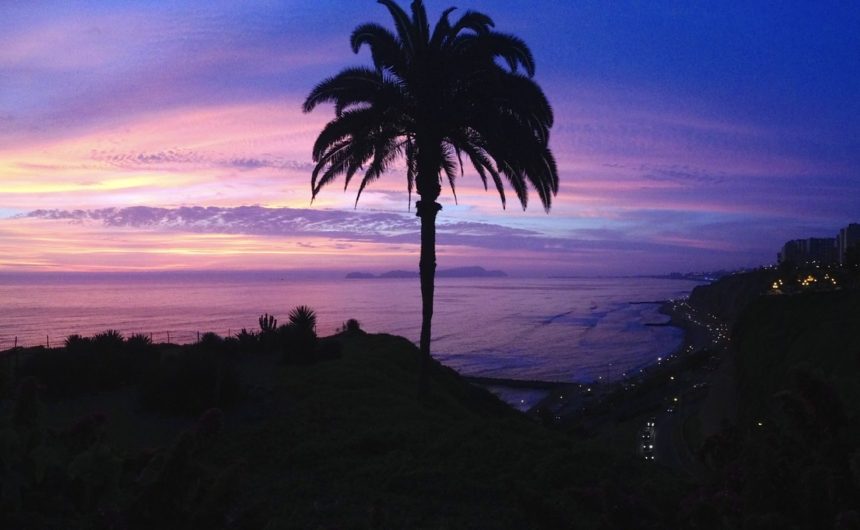
That’s very disappointing to hear about Iquitos, but I very much appreciate the warning. It’s ironic given how many healing centers surround it.
Healing centres?
Ayahuasca centers, like Temple of the Way of Light.